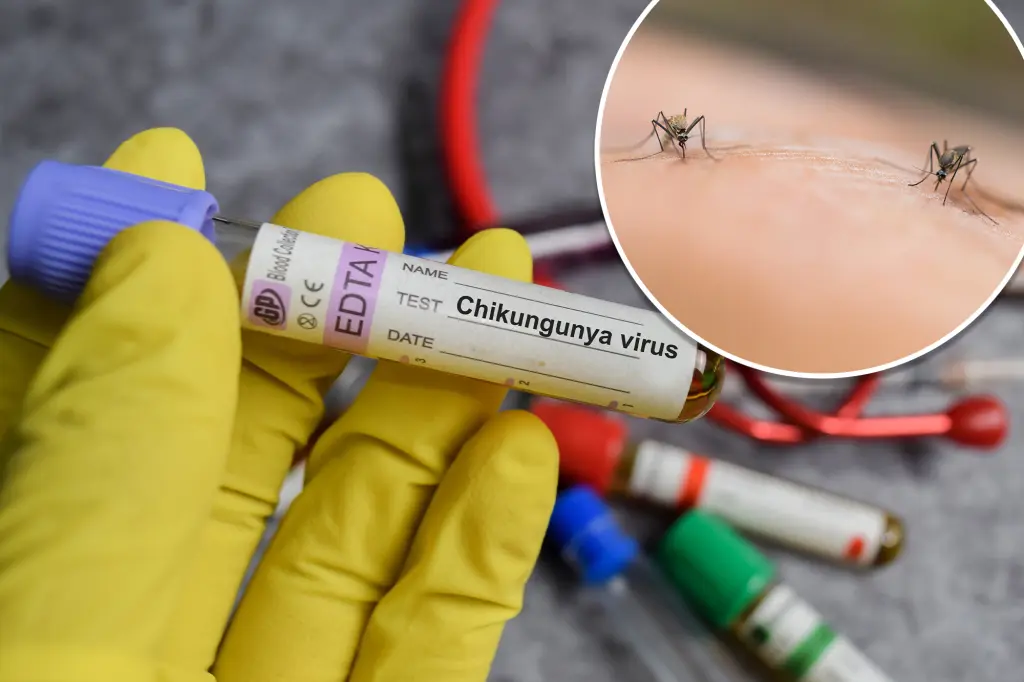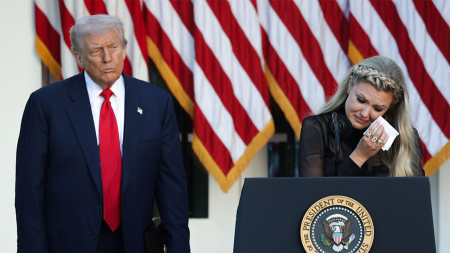First Local Transmission of Chikungunya Virus in the US in Six Years Reported in New York
In a concerning development for public health officials, New York has reported the first local transmission of the chikungunya virus within the United States in six years. A resident of Nassau County on Long Island tested positive for the mosquito-borne illness in August, despite not having traveled internationally. This case marks a significant moment in the surveillance of vector-borne diseases in the country, as the virus is typically associated with tropical and subtropical regions. While health officials have emphasized that there’s no evidence of an outbreak and the current risk is “very low” due to dropping temperatures that reduce mosquito activity, the case highlights the potential for mosquito-transmitted illnesses to establish themselves in new territories. The virus, which has been spreading rapidly throughout China and neighboring countries, causes symptoms including fever, joint pain, headache, muscle pain, joint swelling, and rashes, though it is rarely fatal and most patients fully recover within a week.
The circumstances surrounding this case remain partially shrouded in mystery, with health officials indicating that the infected individual likely contracted the virus from the bite of an infected mosquito while traveling outside their immediate region but still within the United States. In late September, reports emerged of a 60-year-old woman in Nassau County who tested preliminarily positive for the virus despite not having traveled beyond her local area. While it’s unclear whether this woman is the same patient referenced in the health department’s announcement, the timing suggests a possible connection. This case stands in contrast to three other instances of chikungunya recorded in the country earlier this year, all of which were directly linked to international travel to regions where the virus is endemic. The lack of recent international travel in this case raises questions about how the virus might be establishing itself within American mosquito populations.
Health officials have been quick to provide reassurance that despite this concerning development, there’s currently no evidence of the virus in local mosquito pools, suggesting that widespread transmission isn’t occurring. However, the presence of both Aedes aegypti and Aedes albopictus mosquitoes—the primary vectors for chikungunya—in parts of the New York City metropolitan area and Long Island creates potential for future transmission. These particular mosquito species are especially concerning to public health officials because they can transmit multiple dangerous diseases, including West Nile virus, Eastern Equine Encephalitis, and Jamestown Canyon virus. The adaptability of these mosquitoes to urban environments makes them particularly effective disease vectors, capable of breeding in small amounts of standing water commonly found in residential areas, from flower pots to discarded tires.
The timing of this case offers some natural protection against immediate spread, according to New York State Health Commissioner James McDonald, who noted that dropping fall temperatures significantly reduce mosquito activity and make the current risk of transmission “very low.” This seasonal reprieve provides valuable time for public health officials to implement surveillance and prevention strategies before the return of warmer weather. One important characteristic of chikungunya that limits its spread is that it cannot be transmitted directly from person to person—the virus requires the mosquito vector as an intermediary. This differs from some other infectious diseases and means that controlling mosquito populations remains the primary strategy for preventing further cases. The virus was last detected locally in 2019, suggesting that while it occasionally appears in the United States, sustained transmission has thus far been limited.
While most patients infected with chikungunya make a full recovery within a week, certain populations face higher risks of complications. Newborns, older adults, and those with underlying chronic health conditions are particularly vulnerable to more severe manifestations of the disease. The virus’s name, which derives from a word in the Kimakonde language meaning “to become contorted,” references the severe joint pain that often accompanies infection and can sometimes persist for months or even years after the acute illness has resolved. This chronic pain can be debilitating for some patients, affecting their quality of life and ability to perform daily activities. Despite these concerns, fatalities from chikungunya remain rare, offering some reassurance even as public health officials work to contain any potential spread.
This isolated case in New York serves as a reminder of the evolving landscape of infectious diseases in an era of climate change, increased global travel, and shifting ecological boundaries. As temperatures warm and mosquito habitats expand northward, diseases once confined to tropical regions may find footholds in new territories. Public health experts continue to monitor the situation closely, employing mosquito control measures and encouraging residents to take personal protection measures such as using insect repellent, wearing long sleeves and pants, and eliminating standing water around homes. While this single case doesn’t constitute an outbreak, it represents an important signal for continued vigilance in tracking and responding to vector-borne diseases that may increasingly challenge public health systems in regions previously considered at low risk. The intersection of environmental changes, human movement, and pathogen adaptation creates a complex scenario that requires coordinated response across multiple sectors of health and environmental management.











